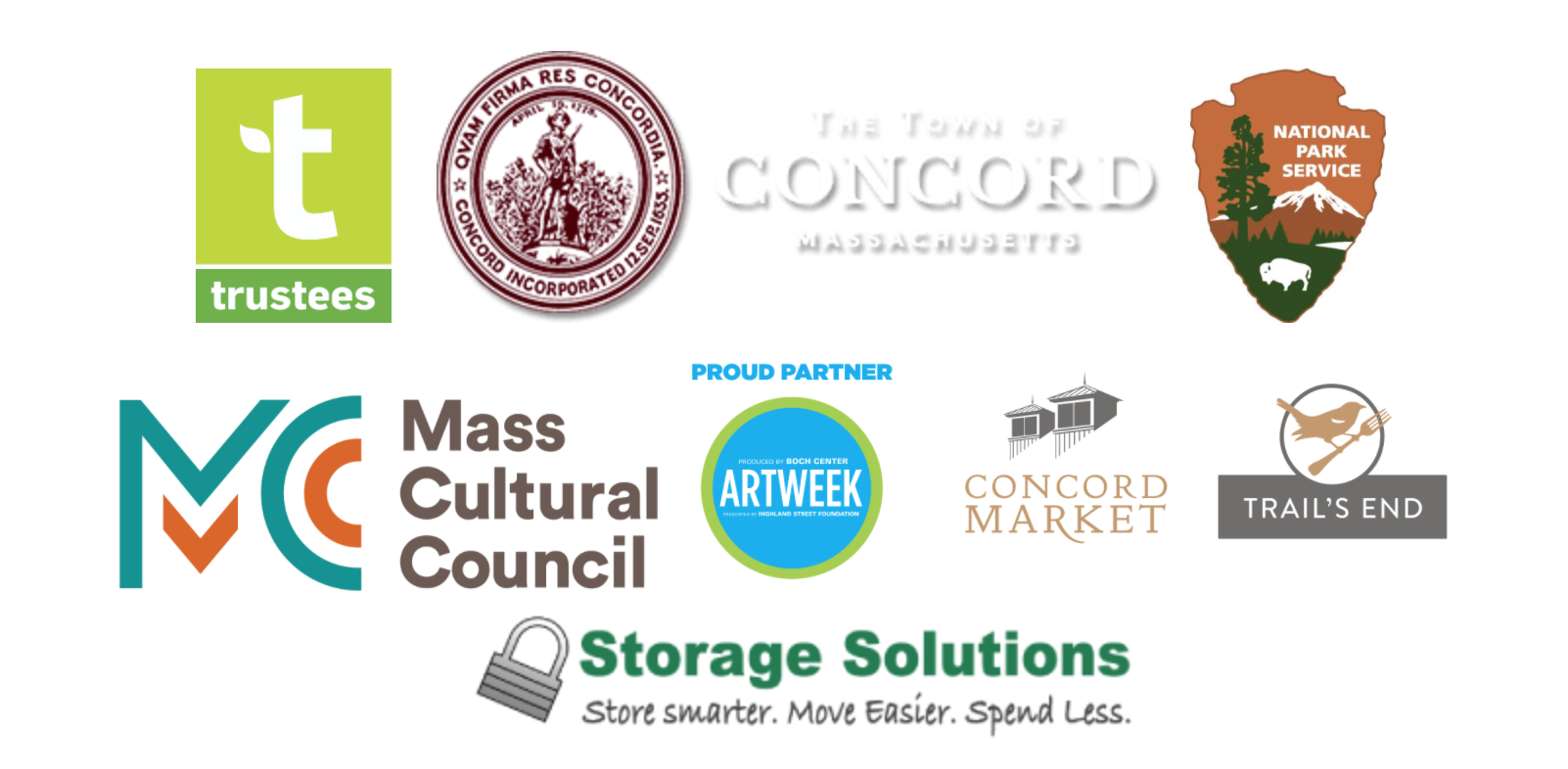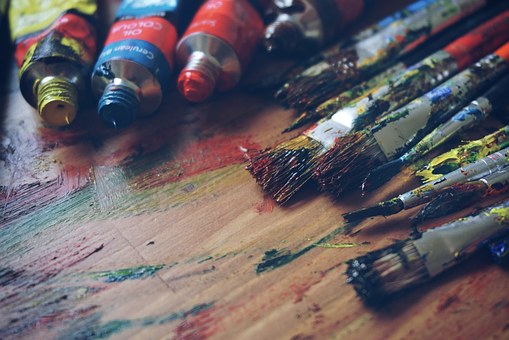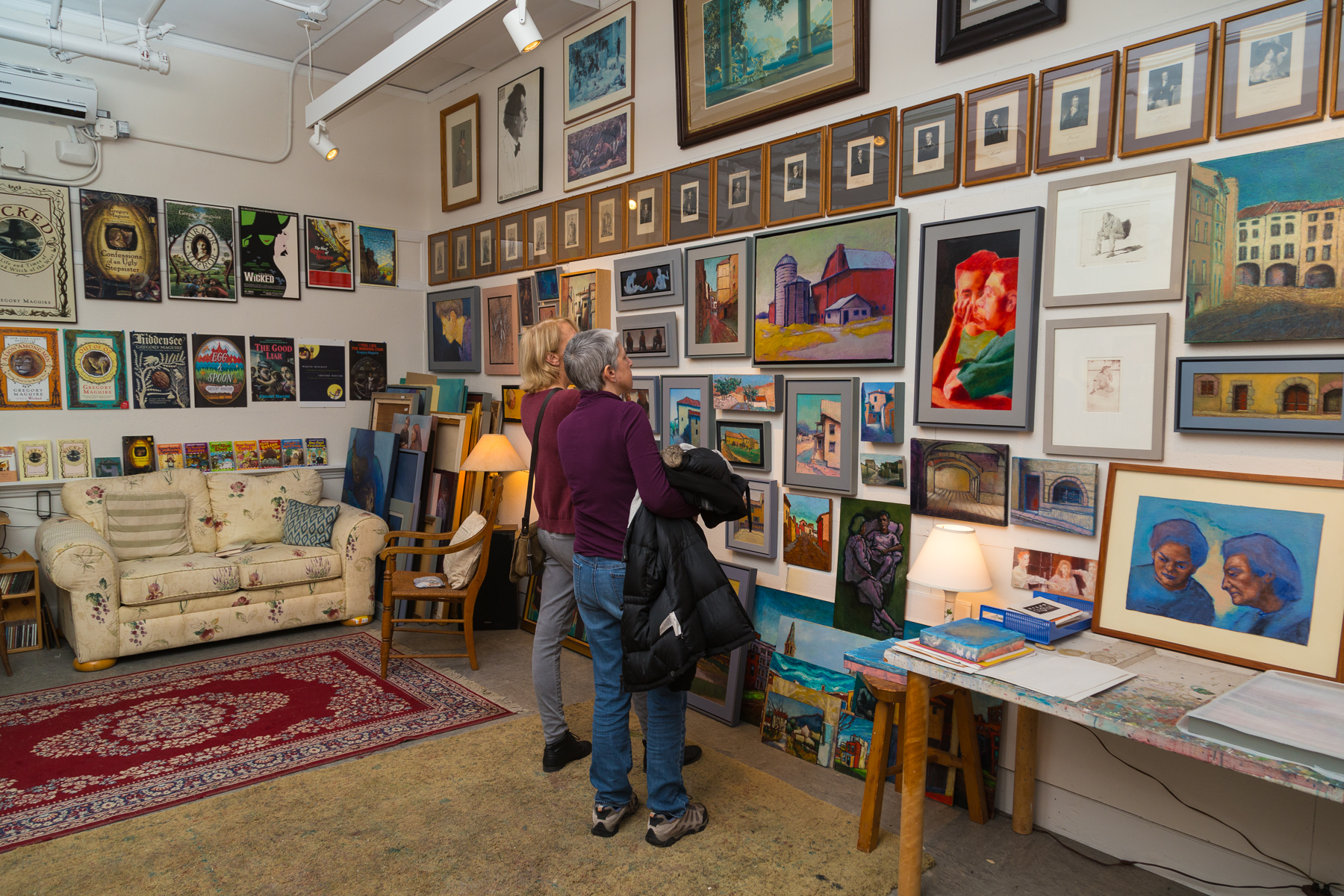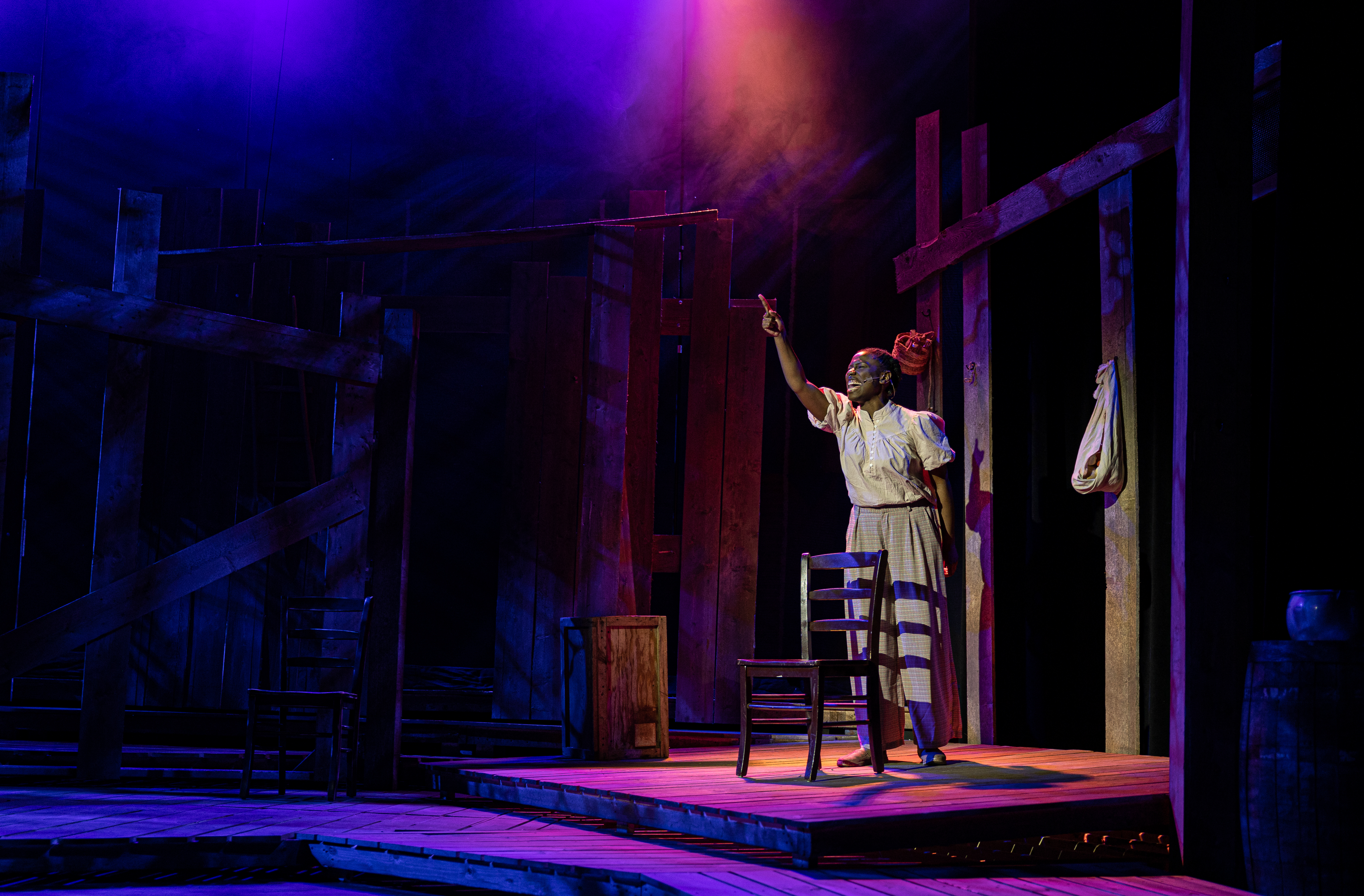EM3050 Activity: Becoming a River Steward
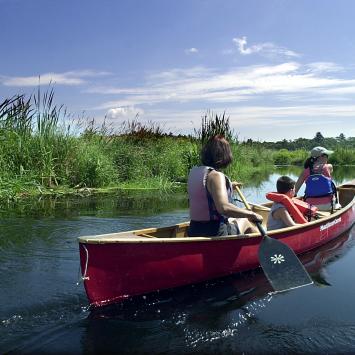
What’s a River Steward? Stewardship starts with recognizing what we love. This activity will guide you through the basics of stewardship by starting with your five most basic senses. We hear the sound of water when we listen to the rain. We taste water, refreshing and cool, when we drink from a fountain. We feel water when we wade into a running stream or splash in a puddle. Here is your chance to use all your senses to explore the world around you! Don't forget to bring your paper bag journal with you to record your thoughts.
OBJECTIVES
To define and explore the meaning of steward and stewardship, and its application to Water.
MATERIALS
Camera/Phone
Journal, paper, pencils
ACTIVITY
At the most simple level, being a steward is about “tending to what we love.” (Per the words of Ross Gay in a July 25, 2019 conversation with Krista Tippett on On Being.) At a more complex level, being a river steward builds on the connection we feel and moves into active engagement with the many facets of caring for rivers and for water sources. This project offers two activities that explore both levels of being a steward.
- What do we love about the water?
Go to the water -- a favorite creek, pond, wetland. Find a place to get comfortable (if it is too cold, you can do this walking around as well). Paying attention to each of your five senses in turn, make notes of your water habitat experience. Go back thru each of your senses and dig deeper.
What brings a smile to your face?
What emotions do you feel? What prompts those feelings?
What questions come to mind? Is your curiosity provoked?
What disturbs you?
Draw a picture in your nature journal, make a poem out of the words you wrote, write a story, take photos. - If you want to move into being an active water steward, we offer the following. It’s our version of what we need to know to take care of our waterways.
Formally, Wikipedia states that “Environmental stewardship refers to responsible use and protection of the natural environment through conservation and sustainable practices.” Water stewardship, then, refers to a set of behaviors we practice in the care and enjoyment of our local waterways.
Over the course of these 30/50 activities, and through artist Liz Helfer’s virtual Watershed installation, “Voyage of the Yellow Wellies,” you have a chance to learn and implement River stewardship practices.
River Steward Self Assessment
What’s your science knowledge?
___ Water Cycle
___ Bodies of water as a system: it’s all interconnected
___ Healthy water/dirty water
___ Things that pollute: issues in your town that impact healthy water
___ Management of invasive species
How does science knowledge help me make better decisions as individuals and communities?
How do we manage our water ways?
___ Water treatment and sewage
___ How do we make sure there is enough water for everyone
___ Water levels and climate change
___ Water storage and dams
___ Water governance and conservation
___ Leave No Trace principles
How does understanding waterways issues help me make better decisions?
Enjoying our local rivers
___ Recreational opportunities in our local waterways
___ Swimming -- how do we know it is safe?
___ Canoeing and kayaking
___ Can we drink the water?
___ Celebrate water! International Water Day
How does knowing how to enjoy recreational activities make me a better water steward?
Photo by Art Illman, MetroWest Daily News
Share your photos, journal pages, thoughts, experiences, and/or feedback with us! Post on social media with hashtags:
#umbrellaarts #musketaquid #concordearthday #musketaquidearthday #earthday3050
Or email Caroline at caroline@theumbrellaarts.org
Special thanks to our Earth Month sponsors
